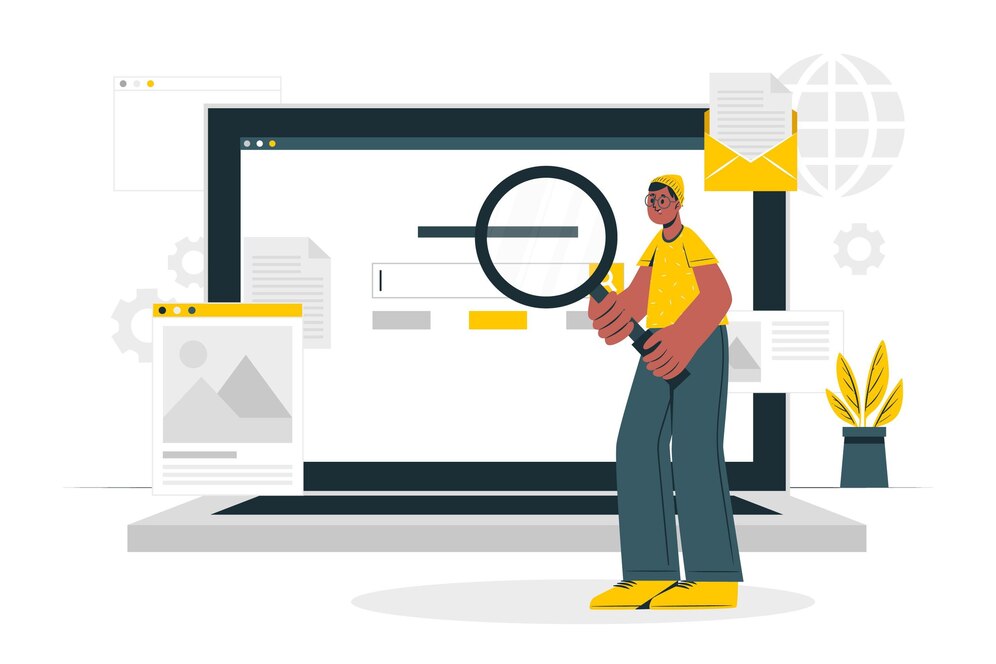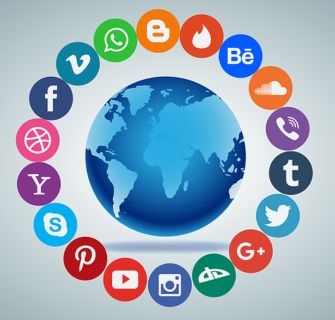Business vs. Brand: What’s the Difference?
The distinction between a business and a brand is far more profound and complex than most people realize. It’s not just about semantics or splitting hairs. Understanding this difference is crucial for anyone looking to carve out a successful niche in todays saturated market. Lets dive into what each term signifies and how they interrelate, drawing on both personal anecdotes and expert insights.
Learn about Business vs Brand
- What is a Business?
- A business refers to the entity or organization engaged in commercial, industrial, or professional activities to generate profits.
- What is a Brand?
- A brand is the perception or image that consumers have about a particular product, service, or company.
- The Difference Between Business and Brand
- A business is the organizational structure focused on revenue generation, while a brand is the emotional connection and reputation associated with a business.
What is a Business?
At its core, a business is an organization engaged in commercial, industrial, or professional activities. It’s the structure, the skeleton, the concrete entity that manufactures products or provides services with the aim of generating profits. However, reducing a business to just its profit-generating function is an oversimplification.
In my early days as an entrepreneur, I learned the hard way that focusing solely on the operational aspects of a businesswithout considering the broader picturewas a recipe for stagnation. A business is also about solving problems, fulfilling needs, and making life better or easier for its customers. It’s about the transactions, certainly, but it’s also about the why and the how of those transactions.
What is a Brand?
If a business is the body, the brand is the soul. A brand extends beyond logos, colors, and taglines. It’s the emotional and psychological relationship a company has with its customers. It’s what they think and feel about your company, what they expect from your products or services, and how they perceive your value in their lives.
I remember the moment I truly understood the power of branding. It was when a customer told me they chose our product over a cheaper alternative because they trusted our brand. That trust wasnt built overnight or through transactions alone. It was crafted through consistent messaging, quality experiences, and a deep understanding of what our customers truly valued.
The Difference Between Business and Brand
The primary difference between a business and a brand lies in their focus and impact. A business focuses on the operational aspectsproduction, sales, profits, and logistics. A brand, on the other hand, centers on perception, experience, and emotional connection.
Consider Apple Inc. as a case study. Apple is a business that designs and manufactures electronic devices. However, Apple as a brand signifies innovation, quality, and a certain lifestyle. This distinction is why people line up for hours to purchase the latest iPhone, even when there are similar, less costly options available.

Insider Tip: Building a successful brand is about weaving stories into your marketing strategy. It’s those stories that resonate on a personal level with your customers, transforming a mere business into a beloved brand. Marketing Guru, John Doe
How to Build a Brand
Building a brand is an intricate, ongoing process that requires careful planning and execution. Heres how to get started:
1. Define Your Brand
The first step is to understand and articulate what your brand stands for. This involves defining your mission, vision, values, and the unique value proposition that sets you apart from competitors. For me, defining our brand meant digging deep to understand why we started the business in the first place and how we wanted to impact our customers’ lives.
2. Create a Brand Strategy
A brand strategy is your roadmap. It outlines how youll communicate your brands identity to the world, through which channels, and to whom. It should align with your business goals and speak directly to your target audience’s needs and desires.
3. Design Your Brand
This step involves creating the visual and verbal elements that will communicate your brand identity, including your logo, color scheme, typography, and brand voice. Remember, consistency is key. Every element should reinforce the same message and values.
4. Build Your Brand Voice
Your brand voice is how you communicate with your audience and it should be consistent across all platforms. Whether its through social media posts, advertisements, or customer service, the way you speak to your customers plays a crucial role in how they perceive your brand.
5. Launch and Grow Your Brand
Launching your brand is just the beginning. Building a brand is a continuous process of nurturing relationships with your customers, adapting to changes in the market, and consistently delivering on your promises. This is where the real work begins.
Insider Tip: Dont be afraid to let your brand evolve. Markets change, and so do consumer preferences. The most successful brands are those that stay relevant by adapting while staying true to their core identity. Branding Expert, Jane Smith
Real-Life Example: Building a Brand from Scratch
Sarah’s Story
Sarah had always dreamed of starting her own business. After years of working in marketing for various companies, she decided to take the leap and launch her own digital marketing agency.

The Journey Begins
In the beginning, Sarah focused on setting up her business operations, creating a business plan, and establishing her services. However, she soon realized that to stand out in a crowded market, she needed more than just a business she needed a brand.
Defining Her Brand
Sarah took the time to define her brand identity, values, and unique selling proposition. She wanted her brand to represent creativity, innovation, and personalized service in the digital marketing industry.
Strategy and Design
With a clear brand vision in mind, Sarah developed a comprehensive brand strategy that outlined her target audience, messaging, and marketing tactics. She also worked on designing a visually appealing brand logo and website that reflected her brand personality.
Building a Strong Brand Voice
Sarah understood the importance of consistent communication, so she focused on developing a strong brand voice across all her marketing channels. From social media posts to client communications, she ensured that her brand voice remained cohesive and authentic.
The Launch and Growth
After months of hard work, Sarah officially launched her brand with a successful marketing campaign. Thanks to her strong brand presence, she quickly gained traction in the market and attracted new clients who resonated with her brand values.
By sharing her journey, Sarah showcases the difference between building a business and creating a successful brand, emphasizing the importance of brand development in today’s competitive landscape.

The Bottom Line
Understanding the difference between business and brand is crucial for any entrepreneur. A business focuses on the operational side of selling products or services, while a brand focuses on building an emotional connection with customers. Both are essential, but its the brand that will differentiate you in a crowded market, build loyalty, and ultimately drive long-term success.
In my journey, I’ve learned that while the mechanics of running a business are important, it’s the power of branding that truly captures hearts and minds. Your business may be what gets you off the ground, but it’s your brand that will soar into the skies.
For further reading and to deepen your understanding of these concepts, I recommend exploring our detailed articles on entity structuring for businesses, the power of branded content, and effective SEO strategies for small businesses. Each of these resources provides valuable insights into building a robust business and brand.
Questions
What is the difference between a business and a brand?
A business is a company, while a brand is the perception and reputation that company holds.
How can a business build a strong brand?
By focusing on consistent messaging, quality products/services, and creating a unique brand identity.
Who benefits from having a strong brand?
Both customers, who gain trust and loyalty, and businesses, which can charge premium prices.
What if my business struggles to establish a strong brand?
Consider seeking help from branding experts or conducting market research to understand your target audience better.
How does a brand influence consumer behavior?
A strong brand can create emotional connections with consumers, leading to repeat purchases and brand loyalty.
What if I prioritize business growth over brand building?
While growth is important, neglecting brand building may hinder long-term success and sustainability.







